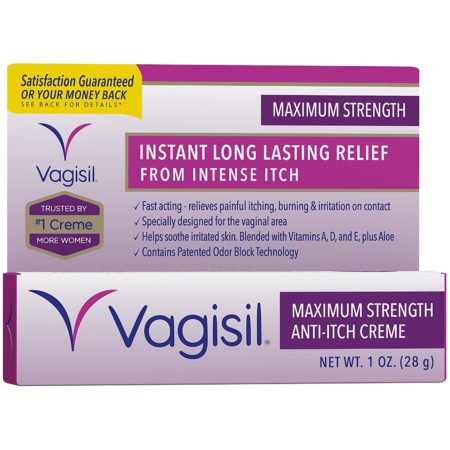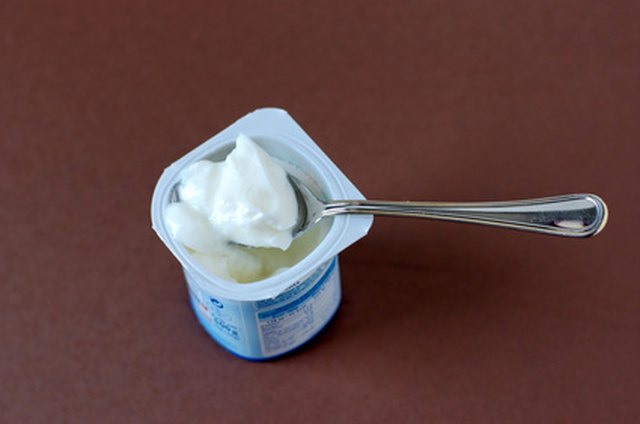

What causes yeast infections?Īnything that changes your vagina’s natural bacteria balance can cause a yeast infection. But if you’ve recently taken antibiotics (or you’ve been sitting around in a wet bathing suit), it’s def possible you’ve got a yeast infection. Of course, these symptoms might also be related to BV or another condition. Other possible symptoms are pain during sex, unusual discharge, and pain when peeing. That’s what they say, isn’t it?įrequently asked Qs How do I know if I have a yeast infection?īurning, itching, and discomfort around your vagina can all be signs of a yeast infection.

Generally, if you have any unusual symptoms, it’s a good idea to get checked out. But if that fire-like feeling doesn’t go away or gets worse, you should see a doctor to rule out an allergic reaction or injury. If you use a store-bought treatment for a yeast infection, it’s pretty common to experience some discomfort and burning. Ditto if you’ve tried an OTC treatment and you’re still having symptoms. But Jones recommends seeing a doc if you’re getting yeast infections on the regular. If you’re prone to yeast infections, you might be able to recognize the telltale signs and try to treat the infection at home using OTC meds. A severe yeast infection might be more painful (ouch!) and cause redness and swelling of the vagina. Some infections may even require prescription meds to clear up.

The symptoms of a yeast infection can seem similar to those of other vaginal health conditions such as bacterial vaginosis (BV), which can lead to complications if left untreated. If you don’t want to insert an applicator into your vagina, opt for a cream-based treatment. Some people may not feel comfortable inserting an applicator. Choose an OTC product that contains antifungal ingredients like miconazole. Some creams and ointments contain all-natural ingredients, but they probably won’t do much to fully clear up a yeast infection. For example, an ultra-potent 1-day treatment might be more convenient than a 3- or 7-day product, but it’s also more likely to cause side effects like burning.Īnd remember Jones’ advice: If you’ve had symptoms for longer than a week, it’s a good idea to avoid 1-day treatments - they probably won’t work, and you might have a whole lotta burning for nothing. Treatments that involve inserting an applicator into your vagina to apply medicated cream or ointment vary in strength. If you can’t see a doc (or just don’t want to), you’ll have to stick to OTC options. Prescription fluconazole is also a good option if you’ve had bad side effects from using creams/inserts in the past. If you can see a doc, you can get prescription treatment (fluconazole) that could potentially be covered by your insurance. Think about whether you’re able to see a doc in person or via telehealth. Here’s what you’ll need to consider before making your plan of action. Choosing the right yeast infection treatment for you


 0 kommentar(er)
0 kommentar(er)
